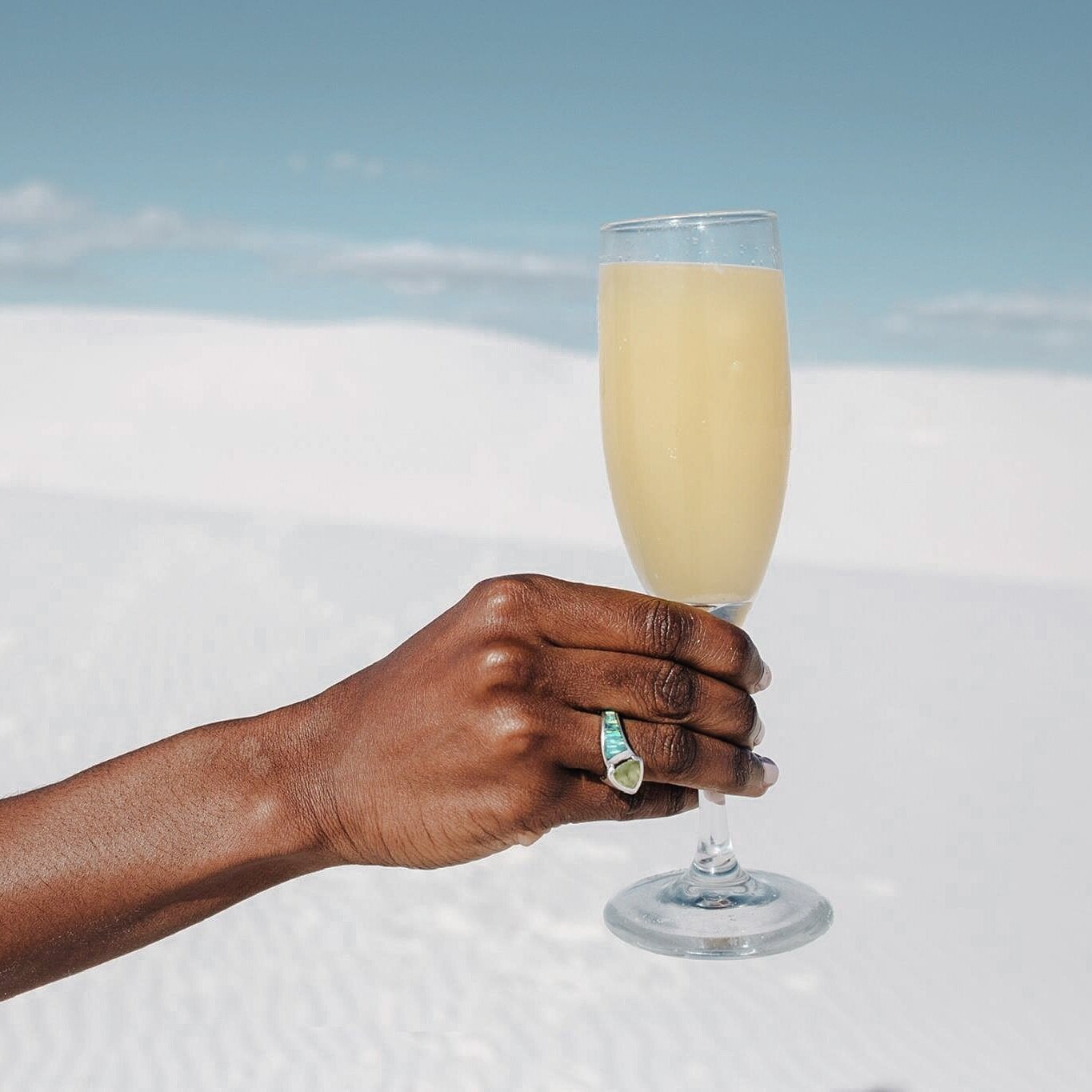The Death of the Middle Class: What This Means for You
/The middle class has been on a decline since 1970. According to data from Pew Research, the share of adults who live in middle-class households dropped from 61% in 1971 to 50% in 2021. The rise in the cost of living combined with stagnant wages/salaries are two of the main contributors to the shrinkage of the middle class.
However, the shrinkage does not mean everyone in the middle class is declining. Although the share of adults who live in lower-income households has increased from 25% to 29% since 1971. Pew Research’s data shows that the share of adults who live in upper-class households has increased from 14% in 1971 to 21% in 2021.
As the middle class continues to bifurcate, a portion of U.S. households will suffer financially while another portion will elevate their financial experience. Thus, the United States is now, or rapidly becoming, a two-class society.
The rise of a two-class society: the labor and leisure classes
My thesis is the United States’ economy will be comprised of two classes: the labor class and the leisure class.
Thorstein Veblen, a Norweigan-American sociologist and economist, is one of the first economists to define the characteristics of the leisure class.
You may be familiar with Veblen’s work because he coined the term conspicuous consumption. His book, The Theory of the Leisure Class, explored how the leisure class was created based on social status rather than utility or economic productivity.
According to Veblen, characteristics of the leisure class include:
Accumulation of property and material possessions
Accumulation of immaterial goods — high-level education, a family crest
Adoption of archaic social skills — manners and etiquette, chivalry, and a code of conduct
Employment of servants
On the other hand, occupations considered to be low-class contribute more to economic productivity than those in the leisure class according to Veblen. Sounds a lot like the whole “essential” and “non-essential” worker bifurcation, right?
My thesis expands on Veblen’s work and posits that one’s economic class is defined as a set of behaviors rather than solely based on monetary accumulation. Anne Helen Petersen articulated the behavioral component of economic class in her Vox article, America’s hollow middle class.
Petersen describes the middle class as less of an economic classification and more of a mode/a way of thinking. On my personal finance site, Money & Mimosas, I describe the middle-class mindset and dive into the ways one’s way of thinking can have an influence on their economic class.
The difference between the labor and leisure classes
The difference between the labor class and the leisure class primarily lies in a set of behaviors. This is because wealth and TIME are now factors determining one’s class. Time refers to how one spends or allocates the twenty-four hours in any given day.
The labor class is defined as producers. Behaviors include scheduling life around work. The individual places an emphasis on productivity, outputs, and the execution of mandates. The individual works for money and their work comprises the majority of their time (40+ hours per week). There is a clear distinction between work and leisure for this individual.
The leisure class is defined as investors. Behaviors include scheduling work around life. The individual places an emphasis on play, adventure, getaways, volunteering/philanthropy, social activities, and philosophical conversations. Money works for the individual, not the other way around. Socializing, relaxation, and recreation comprise the majority of their time. There is a blurred line between leisure and work for this individual.
Will the leisure economy provide new opportunities?
The death of the middle-class and the rise of the two-class economic society within the United States will have dire consequences. There will be a psychological fallout. As a society, we will have to contend with the mental health challenges born out of the despair, desperation, and hopelessness of dreams deferred.
Death is also a portal for new beginnings and fresh opportunities. The rise of the leisure class will boost the leisure economy presenting new financial options for individuals in both classes - labor and leisure. In the next article, I’ll dive into the leisure economy and the opportunities it is poised to offer for local city governments, the leisure class, and the labor class.



